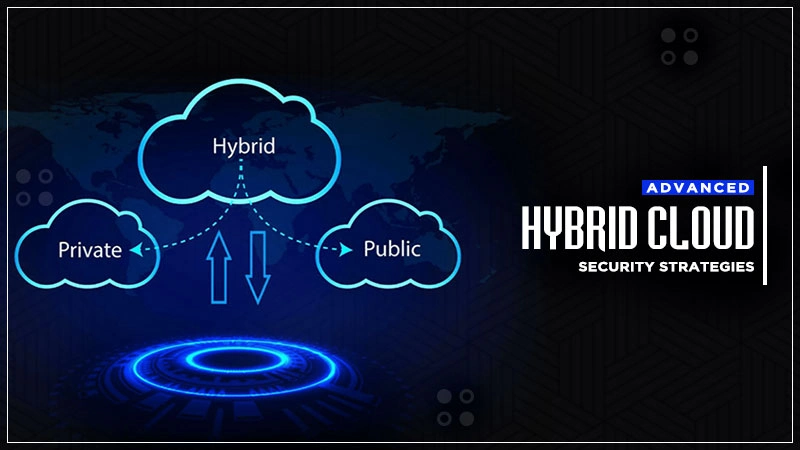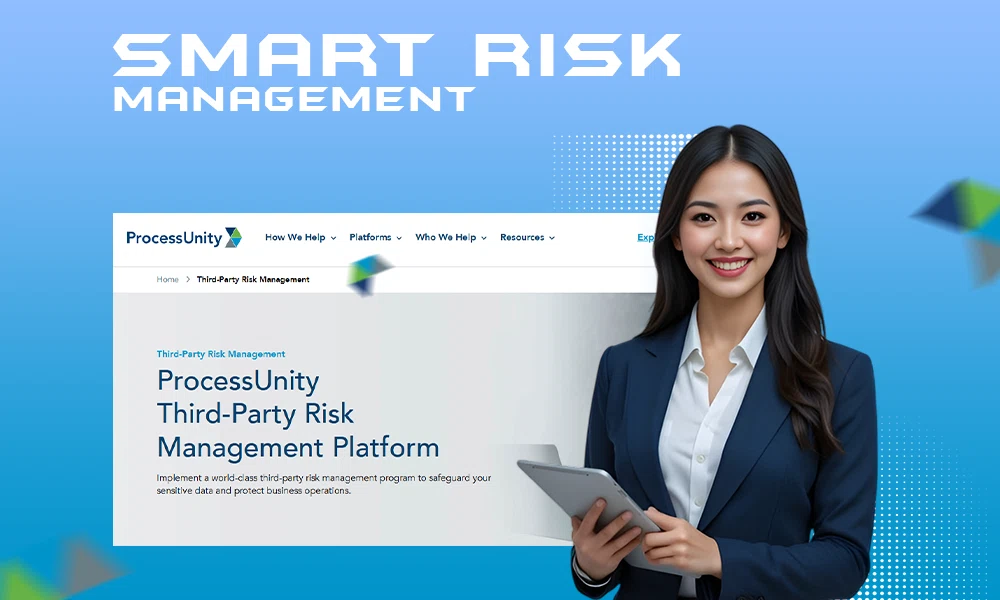Advanced Strategies for Building a Strong Hybrid Cloud Security Posture

Key Takeaways
- Zero Trust Architecture verifies every access request for heightened security.
- Unified security management delivers consistency and reduces vulnerability gaps across all environments.
- AI-driven threat detection enables organizations to respond swiftly to new threats in real-time.
- Routine compliance audits reinforce adherence to evolving data privacy standards.
In today’s enterprise environment, hybrid cloud architectures offer unmatched flexibility, scalability, and operational efficiency. Organizations can leverage both on-premises infrastructure and cloud services to optimize workloads, respond quickly to business needs, and scale resources without significant upfront investment. However, this increased complexity also introduces new challenges for IT and security teams, as maintaining visibility and control across diverse environments becomes critical. Ensuring that sensitive data remains protected while enabling seamless access requires careful planning, ongoing monitoring, and strategic implementation of security measures.
Effectively managing hybrid environments involves striking a balance between accessibility and robust security measures. One essential aspect of a strong security posture is data protection—specifically, encryption at rest/transit. These measures ensure that information is secure both when stored within systems and while being transmitted across networks, thereby reducing the risk of unauthorized access or breaches. By embedding these protections into their architecture, organizations can confidently leverage the advantages of hybrid cloud environments without compromising on security.
Adopt a Zero Trust Architecture
Legacy perimeter-based security models are increasingly obsolete in the age of hybrid IT. Zero Trust Architecture (ZTA) shifts the paradigm by enforcing “never trust, always verify” for every probe and request, regardless of its point of entry. Every device, user, and application must validate credentials and adhere to the principle of least privilege, significantly reducing the risk of lateral movement and data breaches following initial compromise.
Key Steps for Zero Trust Success:
- Segment networks to isolate sensitive workloads from general user traffic.
- Implement strong, adaptive multi-factor authentication (MFA) for all users.
- Continuously monitor user behavior and access patterns for anomalies.
Zero Trust is not a one-time deployment, but an ongoing security improvement process that requires regular assessment and validation.
Implement Unified Security Management
Disjointed security tooling can leave organizations exposed to blind spots and inefficient workflows. Unified security management platforms allow enterprises to set and enforce consistent security policies across both on-premises data centers and cloud service providers.
- Centralized dashboards streamline event correlation, threat detection, and compliance monitoring.
- Automated incident response tools reduce manual workload and mean time to remediate (MTTR) threats.
- Configurable access and audit controls help maintain oversight as cloud resources scale or shift.
Platforms such as Security Information and Event Management (SIEM) and Security Orchestration, Automation and Response (SOAR) have become standard for enabling this end-to-end oversight, further enhancing resilience against emerging threats.
Leverage AI-Driven Threat Detection
As attackers continually evolve their tactics, defending hybrid environments necessitates more than basic signature-based protections. AI and machine learning platforms analyze network telemetry, user activity, and cloud events in real time, identifying patterns that signal the presence of novel threats or insider misuse. Automation enables rapid threat containment and response, reducing the time bad actors have to escalate or exfiltrate sensitive information.
The integration of AI-driven solutions not only enhances detection fidelity but also enables security teams to focus on validated threats rather than addressing noisy false positives. This accelerates response times and boosts operational efficiency.
Ensure Compliance with Regulatory Standards
Hybrid cloud environments, with data traversing both internal and external systems, can significantly complicate compliance with frameworks such as GDPR, HIPAA, and PCI DSS. Organizations must adopt comprehensive policies and technical safeguards to ensure data privacy, implement audit logging, enforce secure data deletion practices, and establish clear procedures for notifying breaches. Additionally, staff training on regulatory requirements and cloud-specific security practices is crucial to minimize human error. Frequent self-assessments, combined with independent third-party audits, help ensure that policies remain aligned with evolving mandates. Thorough documentation of controls provides demonstrable proof during regulatory reviews. Integrating compliance checks into deployment pipelines and continuously monitoring for new regulatory developments further strengthens an organization’s ability to maintain adherence and reduce legal and financial risks.
Enhance Access Controls and Segregation Measures
Organizations must refine their use of access control to limit exposure. Employing models such as role-based access control (RBAC) and attribute-based access control (ABAC) enables the granular assignment of permissions and context-driven access reviews. The Zero Trust mindset, which continuously validates users and devices, in tandem with strong access policies, helps form formidable barriers against both external and internal threats.
- Use just-in-time access and revalidation for privileged accounts.
- Separate duties and environments to prevent cross-contamination or escalation of privilege attacks.
- Monitor access logs for signs of inappropriate or unexpected behavior.
Regularly Audit and Update Security Policies
To stay ahead of cyber threats, organizations must continuously adapt and remain vigilant. Regular audits, vulnerability assessments, and penetration testing are crucial for identifying outdated controls, misconfigurations, and new threats. By analyzing the results of these assessments, organizations can refine and enhance their security policies, ensuring their defenses are proactive rather than reactive.
It is important to schedule both internal and independent reviews of policies, system configurations, and adherence to processes to maintain a comprehensive perspective. Additionally, update training materials, awareness programs, and incident response plans to address evolving risks, new technologies, and lessons learned from past incidents. Fostering a culture of continuous improvement enables teams to respond effectively to new challenges while minimizing potential security gaps.
Conclusion
Organizations that leverage a multi-pronged defense—based on Zero Trust, unified oversight, advanced threat analytics, rigorous compliance, robust access controls, and constant policy innovation—are positioned to secure hybrid cloud investments and maintain stakeholder trust. A comprehensive hybrid cloud security posture enables business continuity, regulatory alignment, and ongoing digital innovation.










